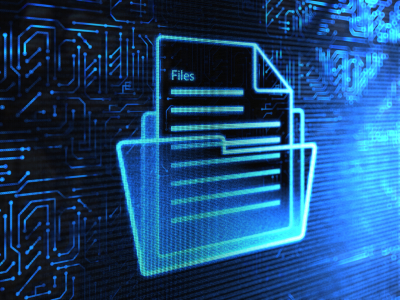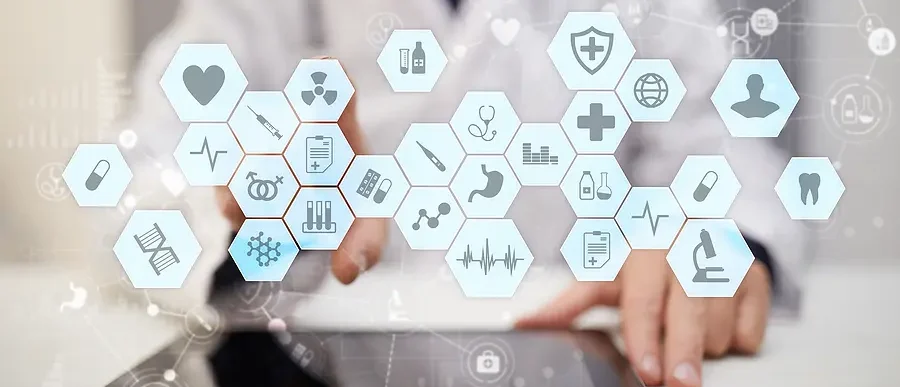 The acronyms EHR and EMR can get confusing. Oftentimes they are used interchangeably. However, the two acronyms actually have different meanings. The term EMR came out first and stands for electronic medical record. The term EMR and the word “medical” was used by clinicians mostly for diagnosis and treatment.
The acronyms EHR and EMR can get confusing. Oftentimes they are used interchangeably. However, the two acronyms actually have different meanings. The term EMR came out first and stands for electronic medical record. The term EMR and the word “medical” was used by clinicians mostly for diagnosis and treatment.
On the other hand, Electronic Health Records relates to “The condition of being sound in body, mind, or spirit, especially freedom from physical disease or pain, the general condition of the body. The word “health” covers a lot more territory than the word “medical”, and EHRs go a lot further than EMRs.
EMR
Electronic Medical Records (EMR) are a digital version of the paper charts in the clinician’s office. An EMR contains the medical and treatment history of the patients in one practice. EMRs have advantages over paper records. For example, EMRs allow clinicians to:
- Track data over time
- Easily identify which patients are due for preventive screenings or checkups
- Check how their patients are doing on certain parameters—such as blood pressure readings or vaccinations
- Monitor and improve overall quality of care within the practice
But the information in EMRs doesn’t travel easily out of the practice. Oftentimes the patient’s record have to be printed out and delivered by mail to specialists and other members of the care team. In that regard, EMRs are not much better than a paper record.
EHR
EHRs focus on the total health of the patient. This goes beyond standard clinical data collected in the provider’s office. It’s inclusive of a broader view on a patient’s care. EHRs are designed to reach out beyond the health organization that originally collects and compiles the information. They’re built to share information with other health care providers, such as laboratories and specialists. Therefore, they contain information from all the clinicians involved in the patient’s care. The National Alliance for Health Information Technology stated that EHR data “can be created, managed, and consulted by authorized clinicians and staff across more than one healthcare organization.”
HIMSS Analytics stated that, “The EHR represents the ability to easily share medical information among stakeholders and to have a patient’s information follow him or her through the various modalities of care engaged by that individual.” EHRs are designed to be accessed by all people involved in the patients care. This includes the patients themselves. Indeed, that is an explicit expectation in the Stage 1 definition of “meaningful use” of EHRs.
With fully functional EHRs, all members of the team have ready access to the latest information allowing for more coordinated, patient-centered care. With EHRs:
- The information gathered by the primary care provider tells the emergency department clinician about the patient’s life threatening allergy, so that care can be adjusted appropriately, even if the patient is unconscious.
- A patient can log on to their own record and see the trend of the lab results over the last year. This can help motivate them to take their medications and keep up with the lifestyle changes that have improved the numbers.
- The lab results run last week are already in the record. This tells the specialist what they need to know without running duplicate tests.
- The clinician’s notes from the patient’s hospital stay can help inform the discharge instructions and follow-up care. This enables the patient to move from one care setting to another more smoothly.
Keep Your EHRs Protected & Compliant
Record Nations works to help make sure transferring your medical records to electronic is seamless. We specialize in helping you find the document management contractor that’s right for your businesses regardless of the size of the job. If you are interested in learning more about the document management services that we can provide please fill out the form to the right, or give us a call at (866) 385-3706.












